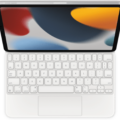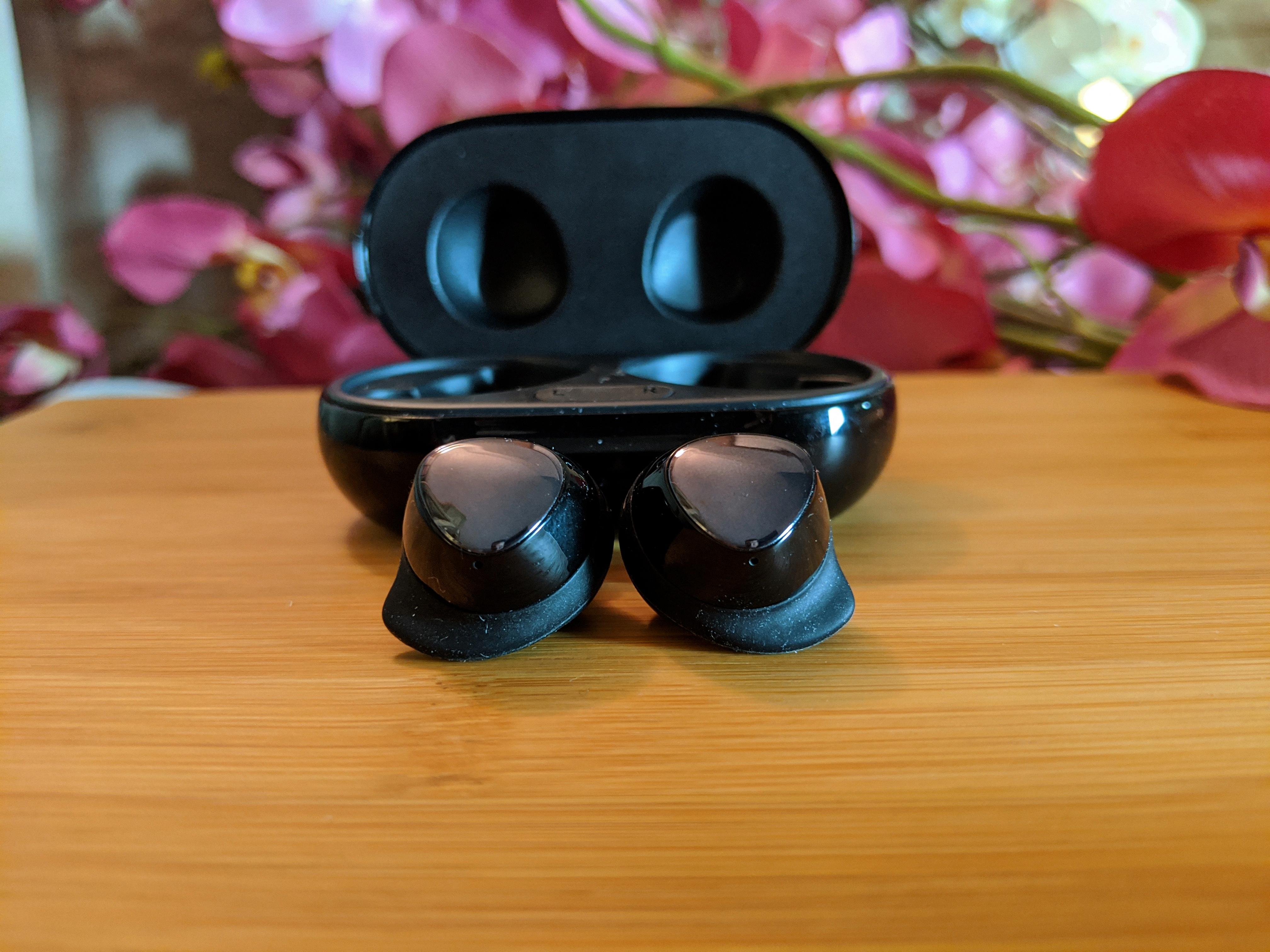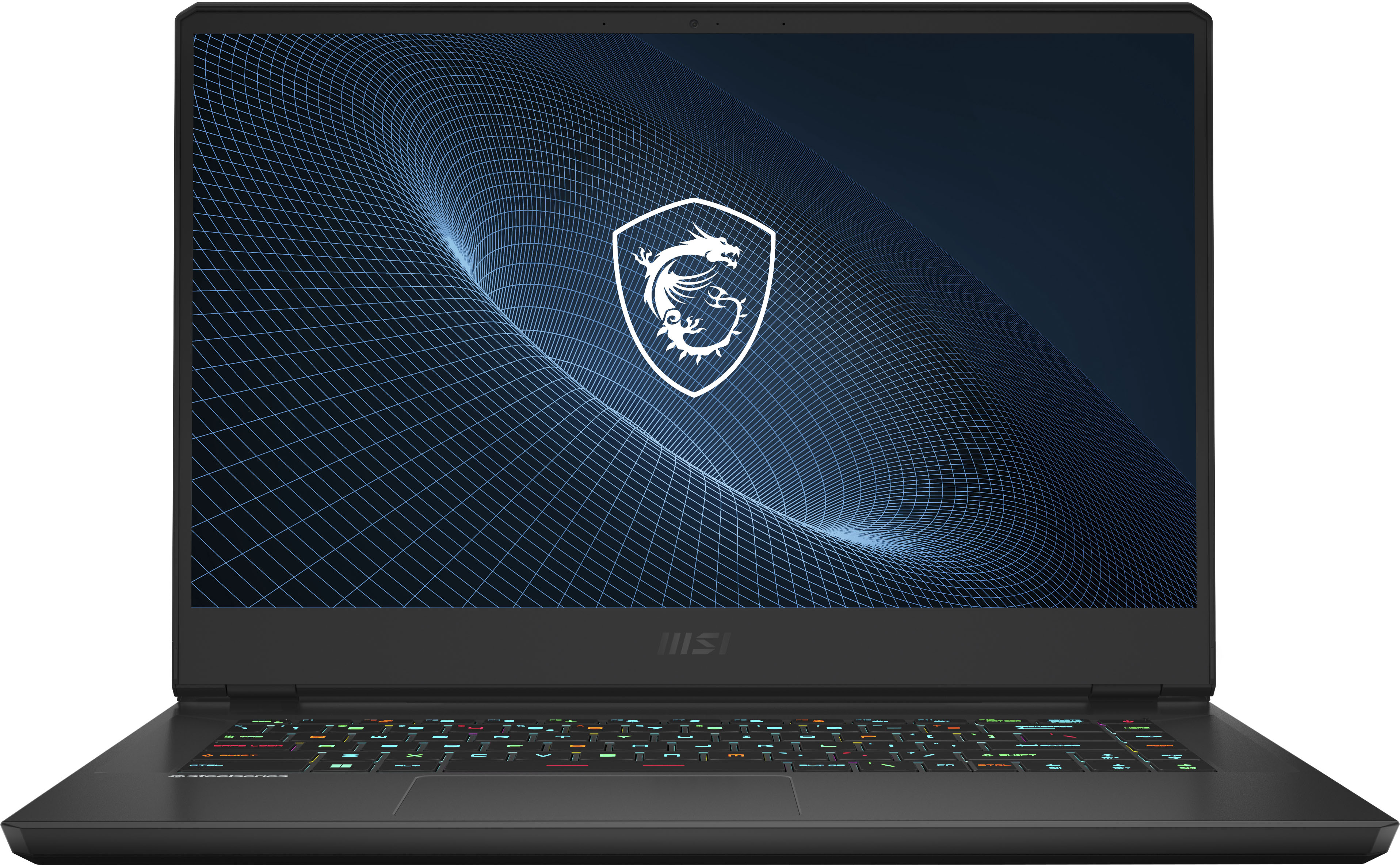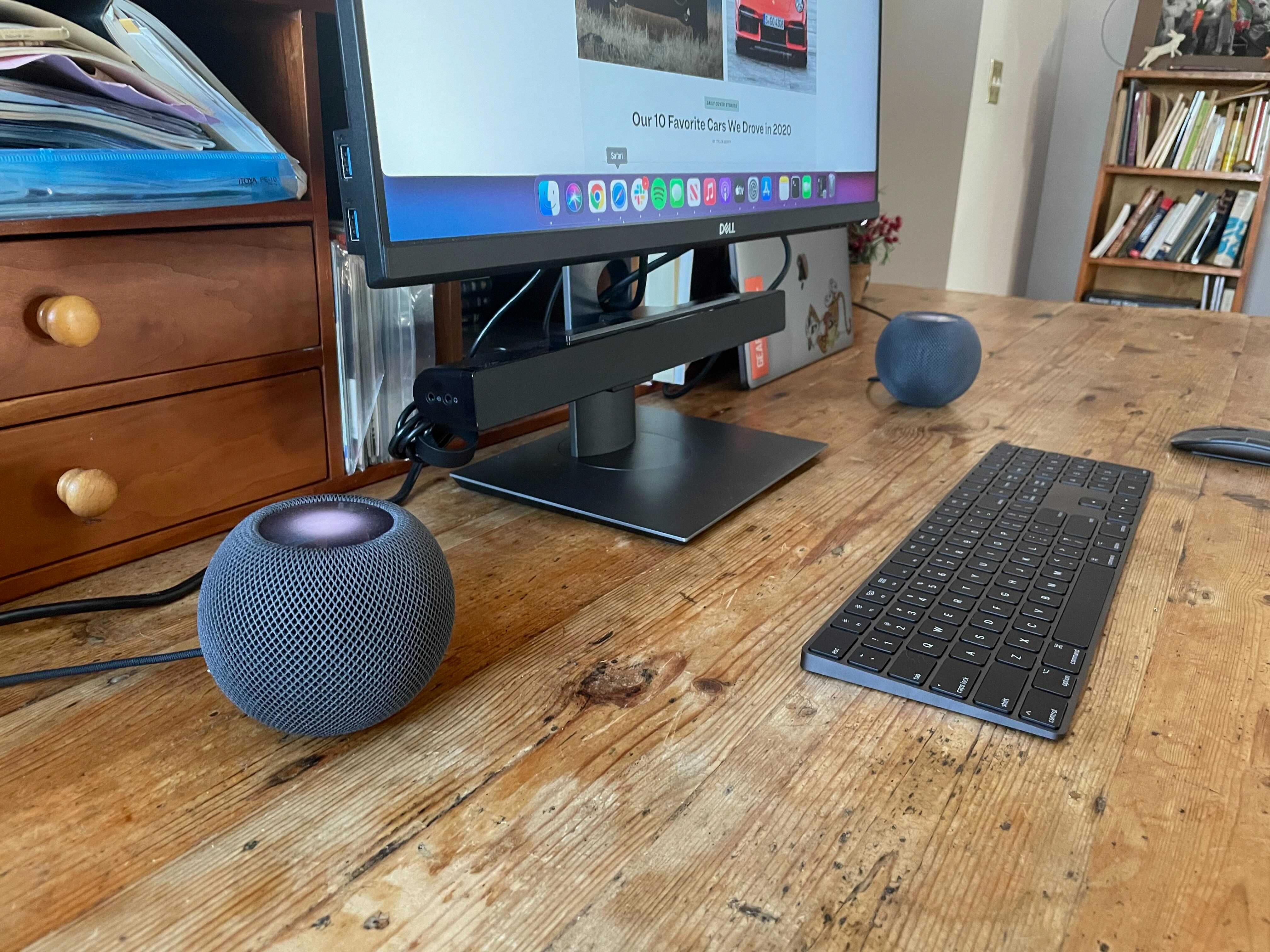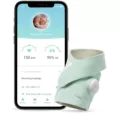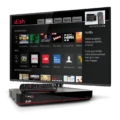If you are loking for a seamless, connected experience in your home audio setup, then look no further than the MacBook to Sonos connection. With this powerful combination, you can easily stream music, podcasts and more from your MacBook to any Sonos speaker.
The process of connecting your MacBook to a Sonos speaker is simple and straightforward. First, you’ll need to download the Sonos app onto your MacBook. Once the app is installed, simply open it and follow the on-screen instructions. You’ll be asked to enter your Wi-Fi network information in order to create a wireless connection between your MacBook and any Sonos speaker.
Once you have made the connection between your MacBook and a Sonos speaker, you can begin streaming all of your favorite content. Music, podcasts and more can be streamed directly from iTunes or other applications right to the Sonos speaker. You can also control what is playing on each individual speaker with the Sonos app. This makes it easy for everyone in your home to enjoy their own personalized audio experience without having to move arund a complicated set of cables or speakers.
The connection between a MacBook and a Sonos speaker also allows for multi-room playback. This means that you can play different content from different sources in different rooms at the same time without having to manually switch inputs or move speakers around. All that’s required is for each room’s speakers to be connected via Wi-Fi or Ethernet cable and then controlled using the Sonos app on your Macbook.
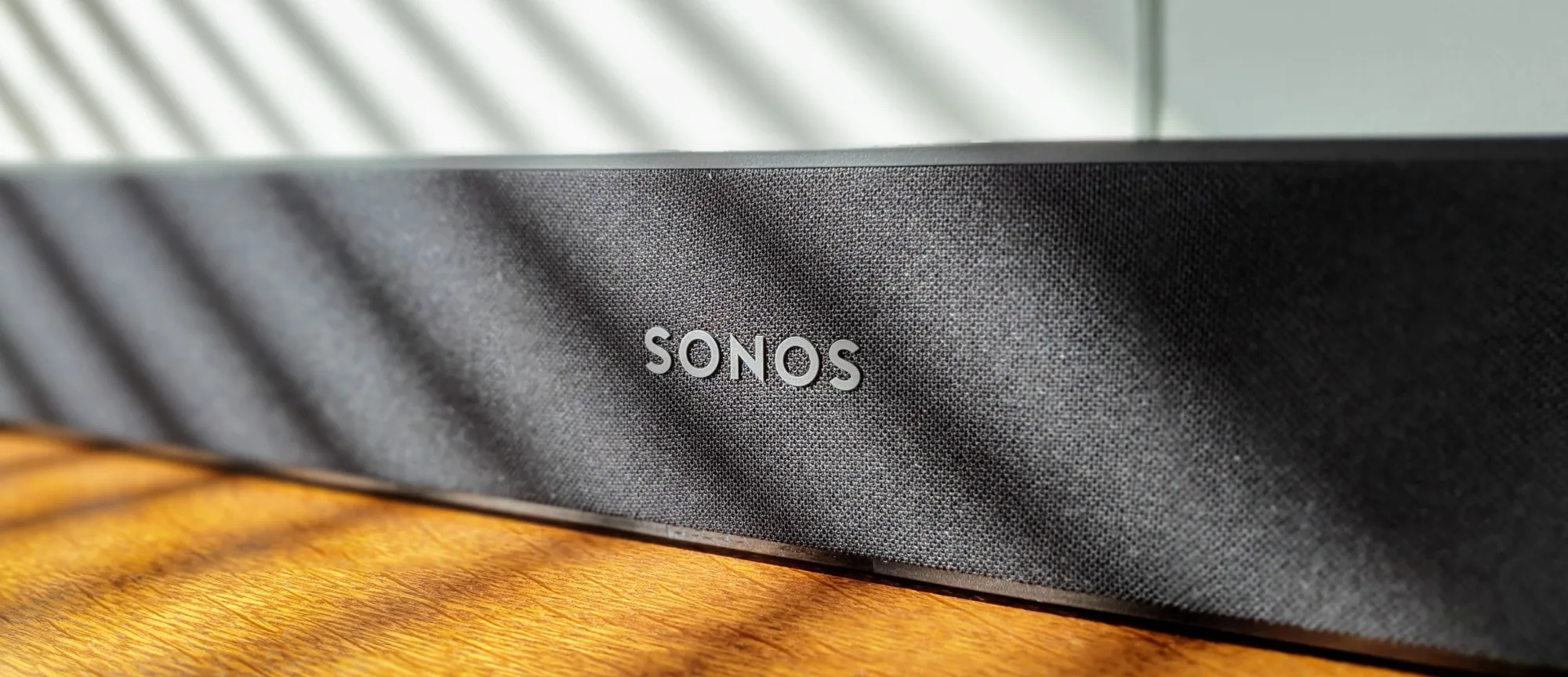
In addition, if you’re feeling adventurous, you can even incorporate voice commands into the mix by connecting an Amazon Alexa device or Google Home device with your Sonos system (note: this requires linking an additional service). Now simply say “Alexa/Google” followed by “play my music” or “play my podcast” and let voice control take over!
Whether it’s streaming music directly from iTunes or controlling multiple rooms of audio with voice commands – there is no denying that combining a Macbook with a Sonos system adds convenience and flexibility when it coes to listening at home. So if you’re looking for an easy way to get quality sound around your house – then consider giving the Macbook & Sonos combination a try!
Connecting a Macbook to Sonos
Yes, Macbook can connect to Sonos speakers. You can do this by using the Sound menu in System Preferences on your Macbook. From there you can select the Sonos speaker(s) you would like to use and any audio playing on your Mac will be exported over to the Sonos speaker. This includes system audio, music, podcasts, YouTube videos, games, etc. You can also control the volume and EQ settings for each of the speakers from the Sound menu.
Playing Sound from Mac to Sonos
Yes, you can play sound from your Mac to Sonos using AirPlay. AirPlay is a streaming protocol developed by Apple that allows you to wirelessly transmit audio and video content from one device to another. With AirPlay, you can stream your favorite music, movies, podcasts and othr audio directly from your Mac to your Sonos products. To use AirPlay with Sonos, make sure that both devices are connected to the same Wi-Fi network and that you have the latest version of the Sonos app installed on your Mac. Once you have both devices set up, open the Sonos app on your Mac and select “Add Music Services” in the left-hand menu. Scroll down to “AirPlay” and click “Connect”. You will then be able to select which Sonos product(s) you want to stream your sound from your Mac.
Playing Laptop Music Through Sonos
Yes, you can play your laptop audio through Sonos. To do this, you will need a Sonos system (such as the Play:1 or Play:5) and a computer running either Windows or Mac OS.
First, make sure your Sonos system is properly set up and connected to your home network. Once that is complete, download the free Sonos Controller app for either Windows or Mac from the official website. This app allows you to control the Sonos system from your laptop.
Once you have the app installed, open it and follow the instructions to add your laptop as an audio source to the Sonos system. Once complete, you can select your laptop as an audio source in the app and play any music stored on it throuh the speakers connected to your Sonos system.
You can also use streaming services such as Spotify or Apple Music with your Sonos system without haing to connect directly to your laptop.
Connecting a Macbook to Sonos via Bluetooth
To connect your Macbook to Sonos via Bluetooth, you’ll need to first make sure that Bluetooth is enabled on your Macbook. To do this, open the System Preferences on your Macbook, select ‘Bluetooth’, and make sure the toggle switch is set to ‘On’. Once Bluetooth is enabled, open the Sonos app and click on ‘Settings’ in the bottom right corner. Select the speaker you want to connect and click ‘Bluetooth Devices’. You should see an option to pair a device, click this and then select your Macbook from the list of avaiable devices. Once connected you should be able to stream music through your Sonos speaker from your Macbook.
AirPlaying to Sonos: A Step-by-Step Guide
AirPlay is an easy and convenient way to play music wirelessly from your iPhone, iPad, or Mac to your Sonos speaker. To AirPlay to Sonos, fist make sure that your Sonos speaker is connected to the same Wi-Fi network as your iOS device. Then open the Control Center on your iOS device and select AirPlay. You should see a list of available speakers; select the Sonos speaker you want to use. Finally, start playing music or video on your iOS device, and it will be streamed directly to your Sonos speaker.
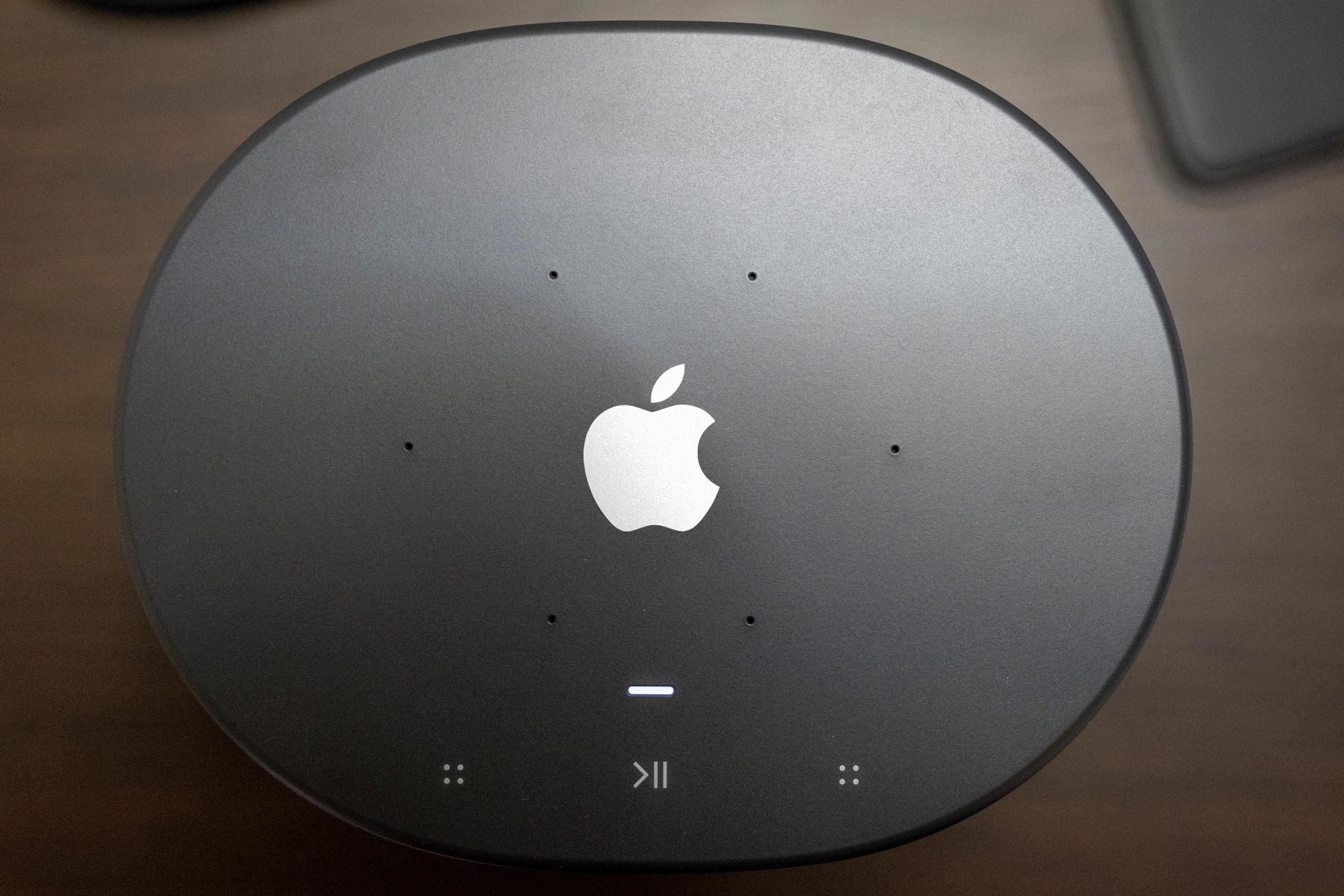
Source: techcrunch.com
AirPlaying from a Mac
To AirPlay from your Mac, first make sure that your Mac is connected to the same Wi-Fi network as the device you want to AirPlay to (such as an Apple TV or a smart TV). Then click the Control Center icon in the menu bar at the top of your screen and select Screen Mirroring. Select the device you want to AirPlay to, and you should now be able to stream what’s on your Mac to that device. If both your Mac and other Apple devices support AirPlay, you can also use AirPlay to listen to audio or play video from aother device on your Mac.
Using Sonos Speakers as Computer Speakers
To use your Sonos speakers as a computer speaker, you’ll need to connect them to your computer. You can do this in one of two ways: via an optical cable or the Sonos Optical Audio Adapter.
If you’re using an optical cable, plug one end of the cable into the back of your computer and the oher end into your Sonos speaker. Then open up the sound settings on your computer and select the Sonos speaker from the list of playback devices.
If you’re usng the Sonos Optical Audio Adapter, plug one end into the back of your computer and the other end into your Sonos speaker. Then open up your device manager and enable it by clicking on it. Once enabled, go to sound settings again and select the Sonos speaker from the list of playback devices.
Once either connection is established, you should be able to hear sound coming through your Sonos speakers when playing media on your computer.
Using Sonos Speakers as Bluetooth Speakers
No, unfortunately you cannot use a Sonos One speaker as a Bluetooth speaker. The Sonos One does not have a Bluetooth receiver and therefore cannot connect to other devices wirelessly via Bluetooth. It does however, have Wi-Fi and Ethernet connectivity, allowing it to be integrated into your home network and controlled by the Sonos app on your phone or tablet.
Troubleshooting Sonos Not Showing Up in AirPlay
The most common reason why Sonos is not showing up in AirPlay could be due to a network issue. Ensure that your Sonos speaker is connected to the same Wi-Fi network as your iOS device. If this doesn’t resolve the issue, try restarting both your iOS device and Sonos speaker. Additionally, if you are using an older version of the Sonos app, try updating it or reinstalling it. Finally, if you are still experiencing issues, contact Sonos Support for assistance.
Connecting a Sonos Speaker to a Laptop via Bluetooth
To connect your Sonos speaker to your laptop via Bluetooth, you will first need to make sure the speaker is in Bluetooth mode. To do this, press the Bluetooth button located on the back of the speaker between the Power and Join buttons. Once you have done this, a chime should sound from the speaker and the LED light on top should turn blue.
Next, you will need to open up your laptop’s settings. If you are usig a Windows computer, click on ‘Settings’ then ‘Devices.’ If you are using MacOS, go to ‘System Preferences’ and select ‘Bluetooth.’
Once in your settings menu, turn on Bluetooth if it is not already enabled. Your Sonos speaker should appear in the list of available devices. Select it, and wait for it to connect. After a few moments it should be connected and ready to use.
Connecting a Sonos One to a Macbook Pro
To connect your Sonos One to your Macbook Pro, first make sure that both devices are connected to the same Wi-Fi network. Then, open the Sonos app on your Macbook Pro and go to the Preferences tab. Under Music Sources, select the option to Control Sonos from Spotify. Once this is enabled, you will be able to control and stream music from your Macbook Pro directly to your Sonos One.
Playing Music Through Speakers on a Mac
To play music through your speakers on a Mac, make sure your Mac and speakers are connected to the same Wi-Fi or Ethernet network. Then open the Apple Music app on your Mac and click the AirPlay button to the right of the volume slider. This will show all available AirPlay devices on your network that you can play music through. Select each speaker or TV that you want to play the current audio on, and you’re all set!
Which Sonos Devices Support AirPlay?
The latest Sonos devices that support AirPlay 2 are the Sonos One (both generations), Beam, Amp, Move, Arc, Five and Play:5 (2nd-gen). These are the only Sonos devices that are officially able to stream music using AirPlay 2.
For older Sonos models such as Play:1, Play:3 and Play:5 (1st-gen), they do not support AirPlay 2 but they can be connected to a compatible device with AirPlay 2 to stream music.
Does the MacBook Pro Have AirPlay Capabilities?
Yes, MacBook Pro models released in 2011 and latr running macOS 10.8 (Mountain Lion) or later are capable of using AirPlay. In order to use the AirPlay feature, a compatible Apple TV device is also required. The Apple TV must be a second-generation model or newer in order to work with AirPlay. With these two pieces of hardware, you will be able to stream content from your MacBook Pro to your Apple TV.
Does Sonos Have Bluetooth Capability?
Yes, Sonos products have Bluetooth. To connect to a Bluetooth device, you need to put your Sonos product in Bluetooth discovery mode. Once in discovery mode, you can pair your Sonos product with any compatible device that has Bluetooth functionality.
Connecting Sonos to a Monitor
Yes, you can connect Sonos to a monitor. All you need is an HDMI switch with an optical output, which you can connect to the optical adapter that came with your Sonos Beam. This will alow you to separate the audio from the video and send it out on an optical output. Once connected, you can use the HDMI inputs of your monitor to connect the HDMI switch. This way, all audio coming from your device will be sent to your monitor and heard through your Sonos speaker system.
Can You Control Sonos From Your Computer?
Yes, you can control all the Sonos devices in your home from your computer with the rght software installed. After installing and setting up the software, you will be able to access and control your Sonos sound system from your Mac or PC. You can play music from your computer through your Sonos sound system, adjust volume levels, create custom soundscapes with equalizers and more.
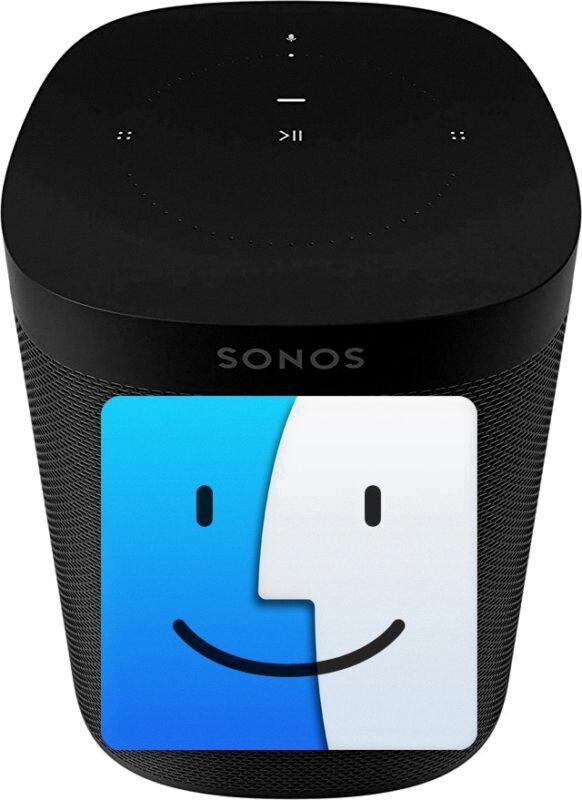
Source: osxdaily.com
Why Sonos Does Not Utilize Bluetooth Technology
Sonos does not support Bluetooth because it requires a more reliable and consistent connection than what Bluetooth provides. Sonos products use their own wireless technology, called SonosNet, which is designed to provide a secure, reliable connection between all compatible devices. Additionally, Bluetooth connections are limited in range and require constant power to maintain a connection, which is not ideal for portable devices like Sonos speakers that can be used around the home or taken on the go.
Troubleshooting Sonos Speakers Not Showing Up
Your Sonos speakers may not be showing up because they are not powered on or have lost connection to your Wi-Fi network. Make sure all your Sonos products are plugged in, then check if the status lights are reacting when you press the Play/Pause button. If none of the lights react, try unplugging and plugging the power cords back in. If this doesn’t work, it’s possible that your Sonos speakers have lost connection to your Wi-Fi network. Try restarting your router and then open the Sonos app to check if the speakers apear in your Rooms list.
Connecting a Macbook Air to a Bluetooth Speaker
Yes, you can connect your Macbook Air to a Bluetooth speaker. First, make sure that your Bluetooth speaker is turned on and discoverable. On your Macbook Air, click the Apple menu > System Preferences and click Bluetooth. Select the device from the list and click Connect. You shuld now be able to stream music or audio from your Macbook Air to your Bluetooth speaker.
Conclusion
The Sonos and Macbook combination is an unbeatable team. The Sonos speakers bring exceptional sound quality, allowing users to take ther music and audio experiences to the next level. The Macbook offers great performance with its powerful processor, ample RAM, and high-quality graphics – all of which are perfect for running the applications necessary for listening to music on the Sonos system. Furthermore, the integration between the two products is seamless, making it easy for users to switch between their audio sources without any interruption. Altogether, this combination provides a truly immersive audio experience that can be enjoyed in any room of your home.






